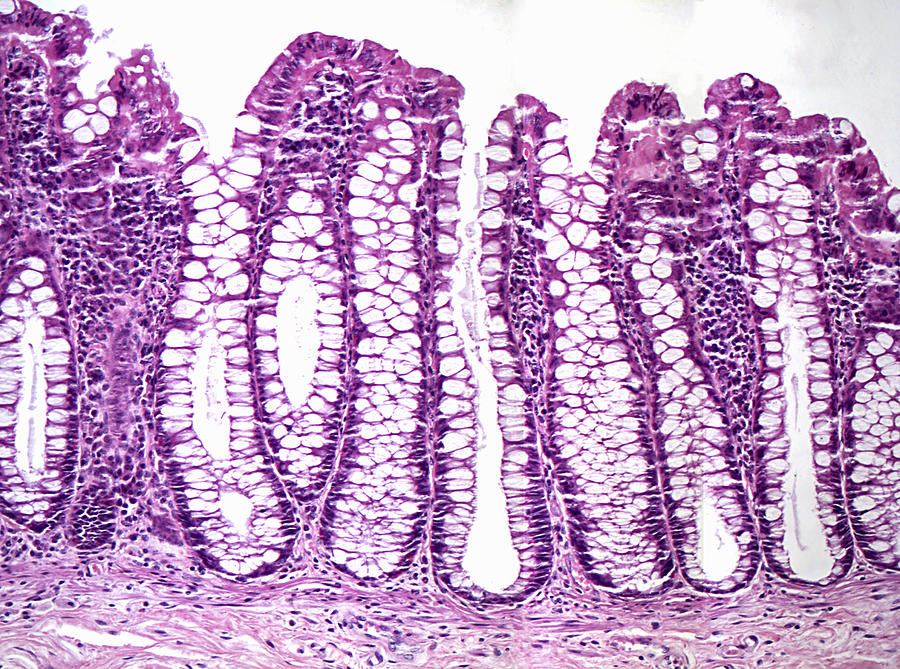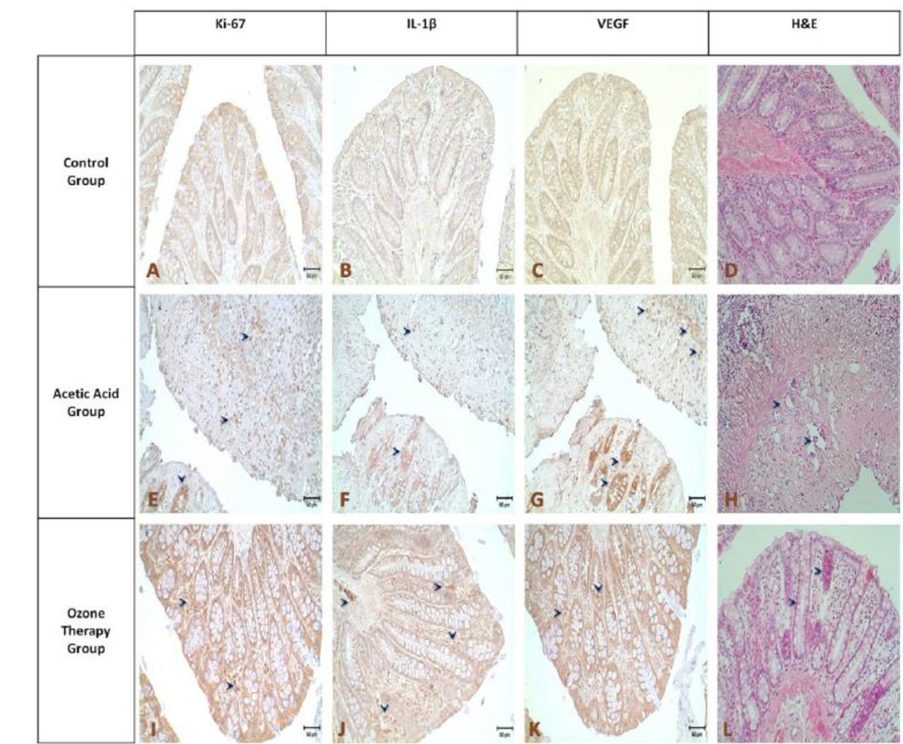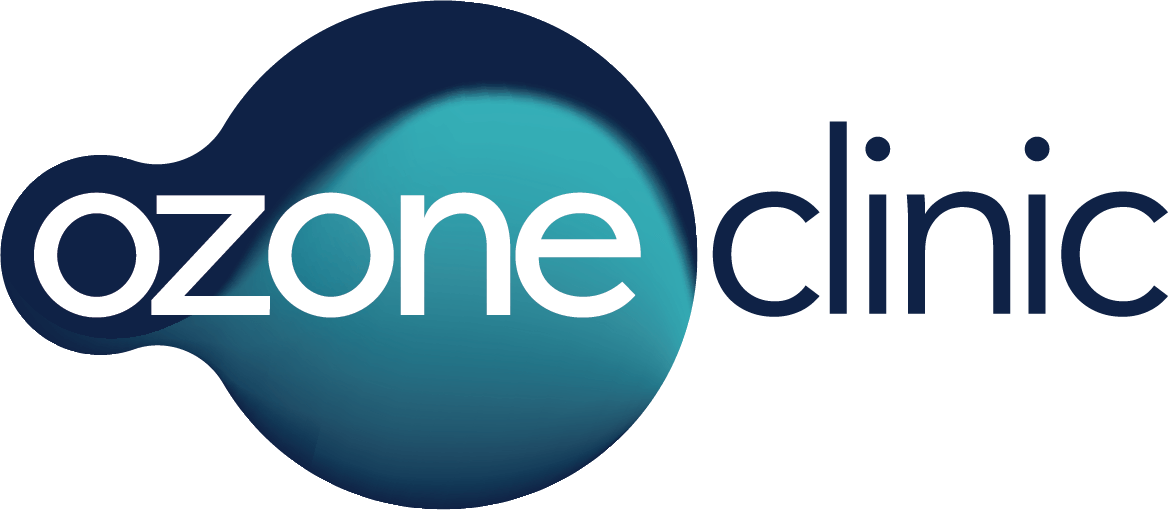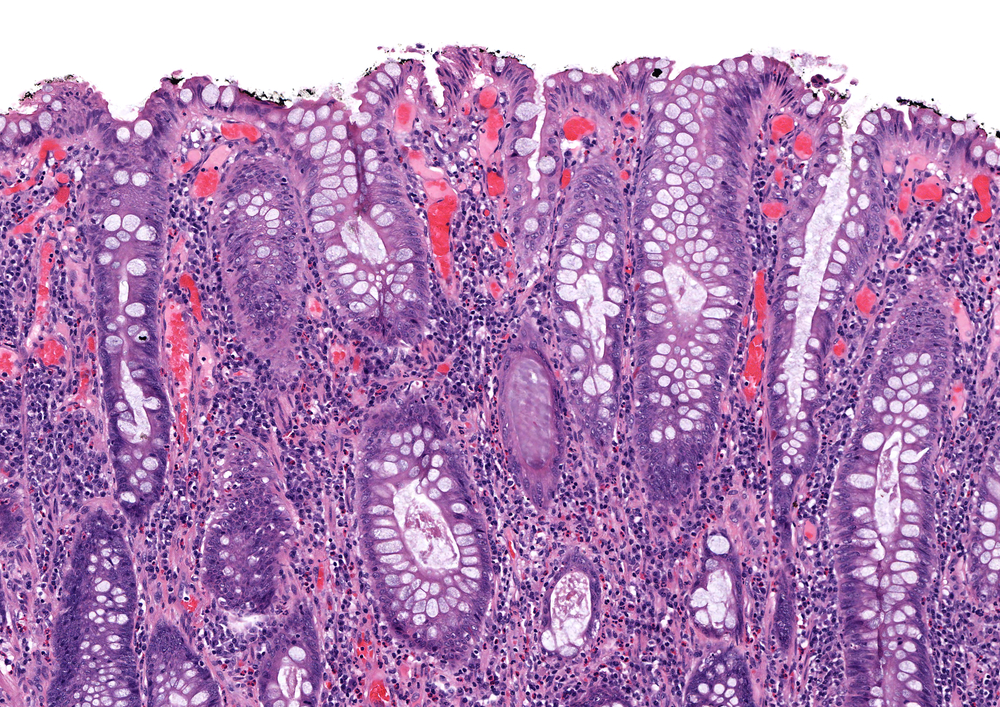Medical ozone treatment ameliorates the acute distal colitis in rat
Acta Cir. Bras. vol.31 no.4 São Paulo Apr. 2016

Keywords: Ozone treatments, acute colitis, rats, ozone therapy, ozone and acute distal colitis in rats
Abstract
Purpose: “To investigate the effect of medical ozone treatment on the experimental acute distal colitis in rats.”(1)
Methods: “Eighteen rats were randomly distributed into three equal groups; control, acute distal colitis (ADC) without and with medical ozone treatment. Rats in the control group were taken saline. ADC was performed by rectal way with 4{e43154ce913794517af217fcab284b44cfe906ba9a1c4ba2ecde5a9be0395ec5} acetic acid in groups 2 and 3, and the group 3 was treated with medical ozone for three weeks both rectally and intraperitoneally. At the twenty second day the distal colons samples were obtained for malondialdehyde and myeloperoxidase, blood samples were obtained to measure the levels of TNF-α and IL-1β levels. Histolopatological examination was evaluated with Ki-67, IL-1β and VEGF immunostaining densities.” (1)
Results: “There was significant increase in tissue MDA, MPO activity, TNF-α and IL-1β after ozone administration. There was also a significant difference at immunostaining densities of histopathological examination.” (1)
Conclusion: “Medical ozone treatment ameliorated the experimental acute distal colitis induced by acetic acid in rats. Its possible effect is by means of decreasing inflammation, edema, and affecting the proliferation and the vascularization.” (1)
Introduction
“Medical Ozone is described as three atom molecules of oxygen known as O3. Ozone is applied in medical therapy using a gas mixture composed of oxygen and ozone. It is applied in medical therapy using a gas mixture composed of oxygen and ozone. Ozone theraphy has been found useful in the treatment of various diseases including gastroduodenal ulcers, peritonitis, infected wounds, chronic skin ulcers, initial gangrene, burns and colitis. It has also been shown that O3 has beneficial effects in the clindamycin-associated enterocolitis model in Djungarian hamsters. Recently, it was reported that ozone theraphy has a preventive effect in experimental models of necrotizing enterocolitis, a caustic esophageal burn model, and acute necrotizing pancreatitis by decreasing tissue damage and increased the antioxidant enzyme activity. The concept of using ozone for healing of infected wounds, necrotic or low oxygenated tissue has been studied in orthopaedics, dentistry and skin wounds.
Furthermore the effect of O3 on acute distal colitis at peritonitis in rats and its treatment both via intraperitoneal and rectal route has not been studied before. The aim of this present study was to evaluate the effects of ozone theraphy on healing of distal colitis in a rat model.”(1)
Experimental Results
“In the acute distal colitis group, TNF-α levels were significantly increased (p<0.01) when compared to control group, while this acetic acid-induced rise in serum TNF-α level was abolished (p<0.01) with ozone theraphy. Similarly IL-1 β levels were also significantly increased in the acute distal colitis group (p<0.01), however when rats were treated with ozone. As a result both cytokines were come closer to control levels. The mean level of MDA was increased in all colonic tissues after sepsis when compared with the control group (p<0.01), while ozone theraphy to the sepsis acute distal colitis group caused a marked decrease in MDA levels (p<0.01). Myeloperoxidase activity was found significantly higher in the distal colonic tissues of the acute distal colitis group when compared to control group (p<0.01). On the other hand, ozone theraphy decreased MPO levels of all tissues (p<0.01), which was found to be not different than that of the control group (Figure 1).” (1)

Effects of ozone therapy on histopathologic values

Conclusion
“Preconditioning with O3 intraperitoneally and treatment with rectal route might protect the distal colon against distal colitis in rats induced by acetic acid by decreasing edema, inflammation affecting the proliferation and the vascularization at the tissue.” (1)
Source
- (1) http://www.scielo.br/scielo.php?script=sci_arttext&pid=S0102-86502016000400256 – Medical ozone treatment ameliorates the acute distal colitis in rat-
- (1) ASLANER, Arif et al. Medical ozone treatment ameliorates the acute distal colitis in rat. Acta Cir. Bras. [online]. 2016, vol.31, n.4 [cited 2021-02-16], pp.256-263. Available from: <http://www.scielo.br/scielo.php?script=sci_arttext&pid=S0102-86502016000400256&lng=en&nrm=iso>. ISSN 1678-2674. https://doi.org/10.1590/S0102-865020160040000006.




